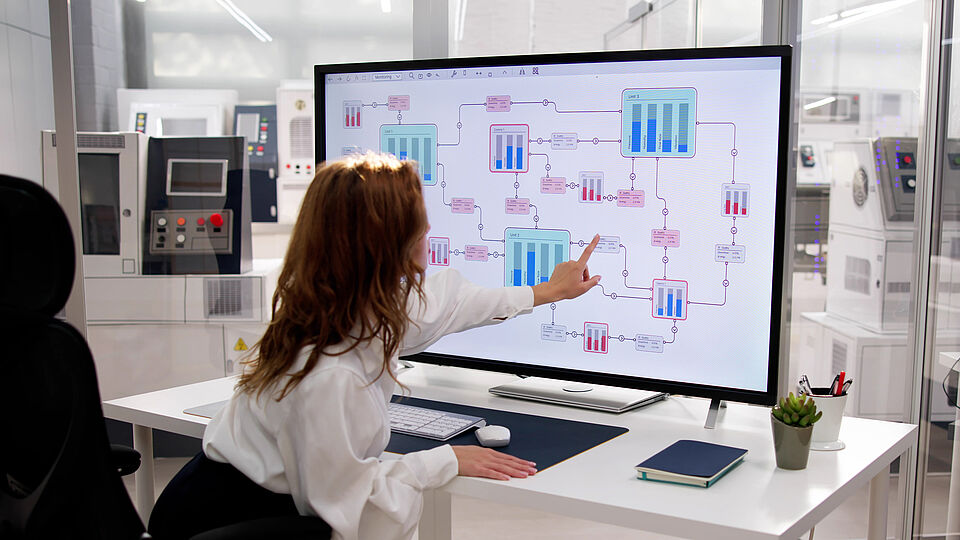A resilient company is characterized by its ability to overcome unforeseeable crises. To do this, it either successfully pursues preventive strategies or has particularly efficient regeneration capabilities. This requires robust internal structures on the one hand and a high level of external responsiveness on the other.
The concept has experienced a real boom during and after the coronavirus pandemic. However, anyone familiar with the development of Industry 4.0 knows that resilience was its stated goal from the outset and is anything but new.
Today, the thinking goes a step further and aims to establish a kind of “resilience by design” in companies.
Product-related resilience
What is meant is product-related resilience, which starts in the engineering phase. The idea: every customer order process aims to deliver the desired products on time and in the right quality. Ensuring this has top priority. This can be achieved by largely excluding risks throughout the entire value creation process, which includes product design in the engineering.
This is particularly useful as an additional starting point, since the increasing individualization of products is continuously increasing the variance of products, right up to “batch size 1 production”. This influences the selection of assemblies, materials or the manufacturing technologies to be used, while at the same time there is a latent risk of failure of supply chains.
There are also risks of failure for locally used resources and technologies – depending on their complexity or criticality, with varying consequences. Weak point analyses can provide initial insights here.
Intrinsic resilience
One way to increase this intrinsic resilience in terms of supply chain diversification is to consider alternative system designs – not only with regard to the substitute delivery of assemblies or primary materials. This can be achieved if engineering can draw on variable product structures. If suppliers or internal resources fail, the company is able to quickly and flexibly use alternative procurement or production structures.
However, this is accompanied by a massive increase in the complexity of the necessary planning algorithms, which always require up-to-date information on the state of the entire (internal and external) supply chain to function properly. In the future, it will therefore be important to describe variability models and variation points, thus enabling a step-by-step automation of the processes.

Variable production technologies
The desired intrinsic resilience of the products naturally also affects the production technologies to be used. This concerns both the company's own (local) capabilities and those of its supply chain partners. If companies design alternative product structures, the technological requirements in the supply chain automatically change as well.
This means that the design of variable production technologies also requires that the optional capabilities of the partners are known. This is the only way that they can be utilized in the alternative structures during the engineering of their own products. In certain settings, it may even make sense to develop product-independent and technology-related variability models together with suppliers and make them available to each other.
Simulate key figures
Further expansion stages of such concepts are also receiving increasing attention. They mainly concern the simulation of various key figures of alternative product designs. For this purpose, twins (e.g. supply chain, engineering, production) can be used for simulation-based tests of possible structures or components and subsystems in early phases of development. The companies can use the determined key figures of the variants, for e.g. costs, deadlines and quality later to select targeted alternative structures when an order is placed.
Access to alternatives
Whether it's high product variance or supply chain disruptions, the resilience of manufacturing companies can be significantly increased if alternative structures, including manufacturing technologies, are created in the engineering phase and, ideally, these are coordinated in collaboration with suppliers.



